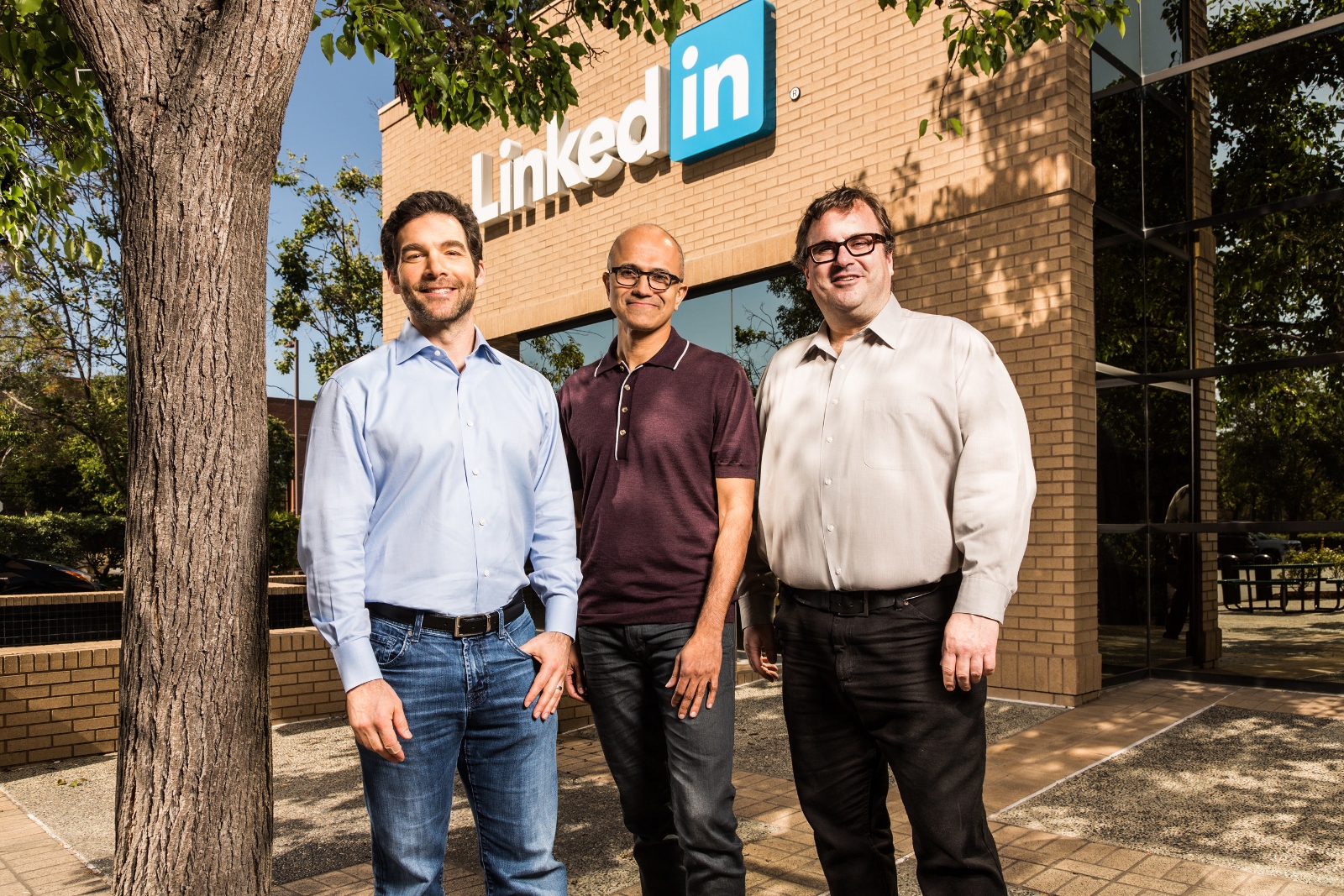It is one thing to create an application for a social media platform, but it is another to make it meaningful to its users. This is especially true in the case of corporate application development, where programmers struggle to determine what it takes to create an app that consumers will rally behind.
For one, it takes a lot more than creating an app just to get one up on Facebook or Twitter. And for corporate developers, it takes a lot more planning and patience to avoid foundering, according to social software experts.
It will take resilience and time to work through the noise in crowded social media environments, but done right, corporations can watch their apps take off. There is a laundry list of features and functions an app can have, but there are certain things that need to be seriously considered by corporate developers to separate their brands from others in order to customize for social media.
“What’s interesting about the opportunity here for corporations to make use of an app is…you don’t want to have an app that is a blatant ad,” said Kyle Ford, director of partner and design of the Ning social networking site. “But I think if the app provides an interesting functionality, that’s the kind of model that can prove to be successful.”
Ning, described by Ford as a “social platform for interests and passions in the world,” went on to suggest a good idea for an app: a recipe exchange on Ning’s food networks “brought by this company,” he said. “Because this approach will make food fanatics want to tell others about this app, and in turn make it successful.”
Derick Schaefer, founder of social media consulting company Orangecast, agrees that offering something to consumers as opposed to blatantly pitching something about a company or its product has more favorable reactions from people. “I always recommend the 8-to-1 ratio,” he said, which he described as doing something helpful or beneficial for a community (whether online or in the real world) eight times, and then say one thing about your company or product.
An approach like that resonates with users, Schaefer added. “You have to give a little in order to get. And if you can solve something for someone or shed light on something that’s not you, it will go a long way.” And developers will find that this works across any social media platform, he said.
But no matter which social media platform or approach a developer chooses, “It’s taking the next step from presence to being effective,” said Matt Etlinger, cofounder of camping supply site eSwarm. “You need to cross that chasm that a lot of people don’t.”
“It’s one thing to have a bunch of fans, but what’s the next step? So when you offer that coupon code, it’s a tidal wave through your fans,” Etlinger said. To succeed, he advised: Listen to consumers and take ego out of everything. Corporations need to see what their consumers are saying in forums and on fan pages, he said, and “a lot of times consumers know what they want. You just have to dig through.”
Developers have to be creative enough to not just offer the coupon code, but also offer that video on YouTube that educates people and provides something for them to share, Etlinger added. In order to deepen brand loyalty and awareness, he said that corporate developers need to focus on providing original, unique and relevant content, because it is one thing to have a social media presence, but another to mobilize that presence across social media communities with something interesting.
Vince Broady, CEO of thisMoment, a company that integrates brands across different media platforms, agreed with Etlinger that businesses need to take their time to research and step back before jumping into the pool of applications already out there.
Testing the waters, IT analyst firm MWD Advisors uses Facebook, LinkedIn and Twitter to communicate and engage with its followers. For the moment, said MWD’s marketing and communications director Beth Barling, the company is experimenting with and tracking analytics such as rankings, followers and connections on each site.
“We want to attract a community first and then provide commercial apps for services and research materials,” she said. After she sees the reactions to what MWD is doing, she will decide on what the next step is in regards to investing time and money. However, she also knows the importance of applications in social media platforms, and if they aren’t reaching out to social communities, they are “behind the times.”
But Barling knows that creating an app takes some kind of clear idea and goal, which Broady advised as the No. 1 thing for a developer to do before starting a project. Every app that’s successful has a purpose: It’s trying to let the user do something, it’s trying to give them an experience, and it’s providing them with information. And you need to know all of this ahead of time, he said.
“And although that may seem really obvious, surprisingly, many of these concepts aren’t really thought through, almost as if people had just a ‘check the box attitude’ to get the app up,” Broady said. “Now people are starting to realize if you don’t have something that is of value to some user, you aren’t going to get anywhere.”
A good example of an app that adds business value, functionality and a social media aspect is foursquare. Once downloaded to the user’s phone, the app links to the address book, and Facebook and Twitter accounts to discover where friends are in the area by looking to see if they’ve recently “checked in.” Users can then tell friends where they are by checking in at any of the places listed by foursquare based on GPS location.
foursquare also offers recommendations of places in an area and lets the user accrue points based on how often they have checked into designated spots. Some businesses will even offer discounts and other perks just for being a loyal customer and using the service.
“Generally speaking, I think apps that are focused on utility are better than apps that are focused on just wasting time. And I think the brands that are most honed in on ‘How does this application really drive the core values that I’m offering to consumers?’ is the winning strategy,” Broady said.
However, corporate developers may cover x, y and z, but also face limitations and inhibitions out of their own control. “Another problem is the way an app looks and feels, and how it communicates in social environments has been very generic and homogenized,” Broady pointed out.
Because each social platform has its own set of guidelines and parameters developers must follow, it is sometimes hard to tell the difference from one brand’s app to another’s on different platforms. “Pretty much all media has let brands communicate and tell their story their way, but social media has done the exact opposite,” Broady explained. And this makes branding difficult at times because of predefined parameters developers must adhere to.
Other challenges include conquering the silos that each environment creates, because it is hard to stay consistent across social environments. It can sometimes be a struggle to cohesively tie things together. But if developers can learn how to engage with their consumers, stay engaged and consistently connect with them, word of mouth will drive the brand and its apps.
But when it all boils down, apps that people are going to care about need to be interesting and useful. Those are the ones people are going to tweet and post about, Broady said, and the “No. 1 thing is to be focused on your value and make sure your app reflects that to a T.”
Here is a small sample set for developers out there to see what social media platforms are offering:
Ning
• Ning Apps are based off of OpenSocial v0.8 and offer additional canvases for developers to implement functionality to member profile pages and auxiliary pages. Only creators of Ning Networks can install these apps.
• Profile Apps are served through the profile page of a Ning Network and can be installed by all Ning members.
LinkedIn
• Several APIs are available, namely Profile API, Search API, Connections API, Invitation API, Get Network Updates API and Status Update API.
• LinkedIn Widgets: When you just want to add a few of the most commonly requested integrations, using LinkedIn widgets may be your easiest way to get up and running without any back-end development needed.
Twitter
• Twitter API: currently consists of two Representational State Transfer (REST) architecture APIs and a Streaming API. Most app developers mix and match these APIs to produce their apps.
• MrTweet API: an API that processes connections and content of tweets to connect users with others that are found to have similar interests and content.
Facebook
• Facebook Connect: a set of APIs for developers that allows users bring their identity and connections everywhere, such as on multiple machines or mobile devices.
• Facebook also offers several Widgets, including a Fan Box, Twitter Link, Publishing to Facebook and Comments Box, among others.
• When developing a Facebook app, it is highly recommended to know PHP or some other coding language such as Java, Python or Ruby on Rails. A basic understanding of the Internet, MySQL, SSH and Unix is needed, as well as familiarity with Web-hosting fundamentals.



